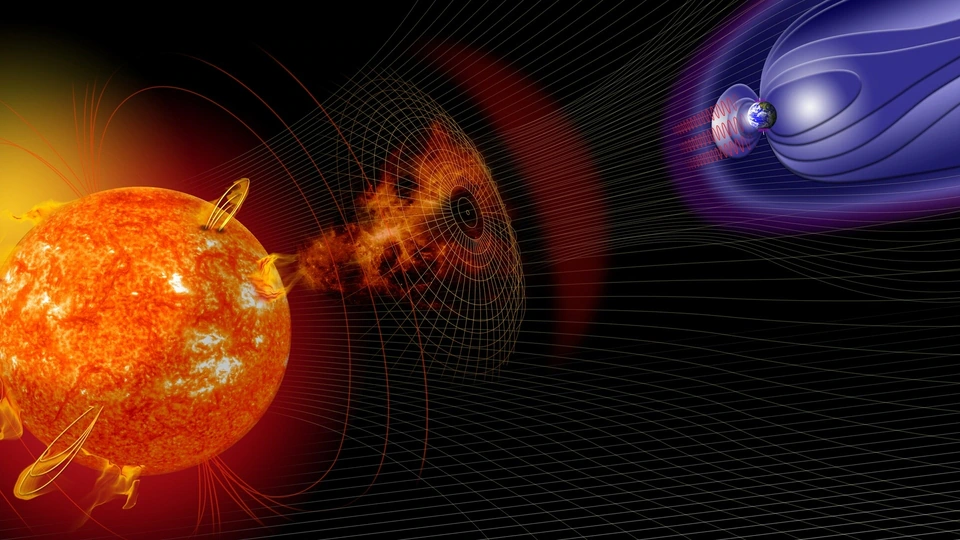Pakistan’s Space and Upper Atmosphere Research Commission (SUPARCO) has issued a grave warning about an imminent and formidable solar storm that is hurtling towards Earth.
The statement released by SUPARCO elucidates that an unprecedented surge of solar radiation is currently en route to our planet, a phenomenon that commenced on the night of May 10th and is projected to endure for the ensuing 48 to 72 hours.
This solar storm, characterized by an excessive emission of solar rays and particles, has already manifested in the form of spectacular auroras visible even in regions as distant as Atlanta and southern Africa. With vigilant monitoring using its sophisticated instruments, SUPARCO remains at the forefront of tracking the trajectory and impact of this celestial tempest.
The ramifications of such a solar storm extend far beyond the realm of visual spectacle. Satellites and communication systems, integral components of modern-day infrastructure, are particularly vulnerable to the disruptive effects of heightened solar activity. SUPARCO underscores the imperative for proactive measures to mitigate potential damages, underscoring the nation’s limited capacity to withstand the full brunt of such a formidable solar onslaught.
Indeed, the emergence of this solar storm marks a rare event, the likes of which haven’t been witnessed in over two decades. Solar storms, dynamic and often unpredictable phenomena, arise from disturbances in the Sun’s magnetic field, resulting in the release of vast amounts of energy and charged particles into space. When these particles interact with Earth’s magnetic field, they can induce geomagnetic storms, potentially wreaking havoc on technological infrastructure and communication networks.
It is worth recalling the catastrophic consequences of the most potent solar storm on record, which occurred in October 2003. The collision of intense magnetic waves with Earth’s atmosphere led to the destruction of Japan’s artificial satellite, serving as a stark reminder of the formidable power wielded by solar storms.
As the world braces itself for the impact of this solar upheaval, the imperative for vigilance, preparedness, and collaborative efforts to minimize potential damages has never been more pressing.










